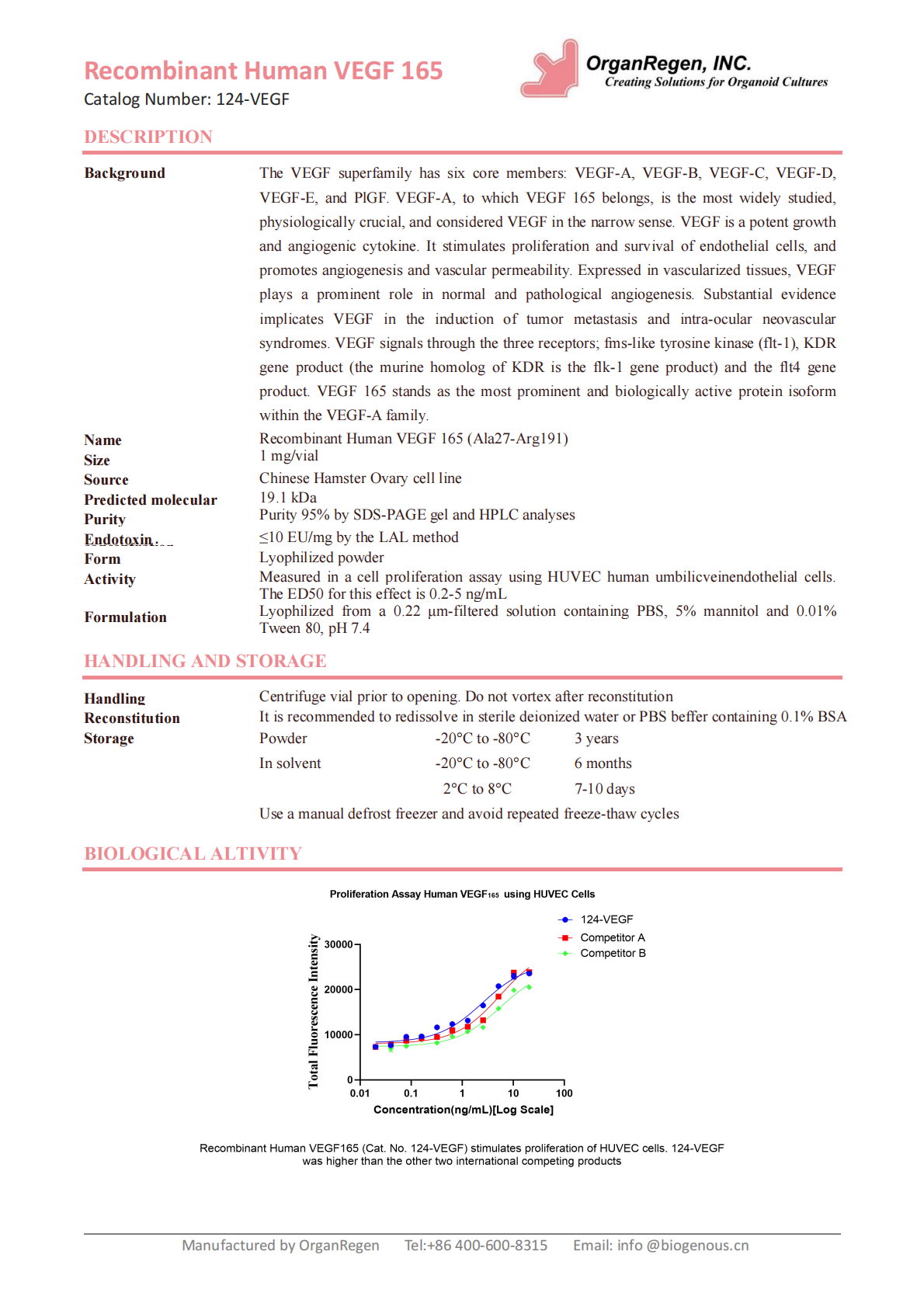- 首页
- 关于我们
-
产品中心
- 类器官星图定位成像系统Star-Map F1(欢迎询价)
- 细胞无水复苏仪 BioThaw (欢迎询价)
- 智能组织解离系统 SmartOrgan™ Dissociator (欢迎询价)
- 类器官高通量生物打印系统Organoid Bioprinter(欢迎询价)
- 结直肠癌臻选试剂盒Colorectal Cancer Organoid Selection Kit (Serum-free) (K-2605)
- 口腔鳞癌(无血清)Oral Squamous Cell Carcinoma Organoid Kit(Serum-free)(货号:K2152-OSC)
- 唾液腺癌(无血清)Salivary Gland Cancer Organoid Kit(Serum-free)(K2151-SGC)
- 高浆液型卵巢癌(无血清)High-Grade Serous Ovarian Cancer Organoid Kit (Serum-free)(K2167-HS)
- 肾癌(无血清) Kidney Cancer Organoid Kit(Serum-free)(K2171-KC)
- 子宫内膜癌(无血清)Endometrial Cancer Organoid Kit(Serum-free)(K2166-EC)
- 胰腺导管癌(无血清)Pancreatic Ductal Carcinoma Organoid Kit(Serum-free)(K2101-PC)
- 小细胞肺癌(无血清)Small Cell Lung Cancer Organoid Kit(Serum-free)(K2121-SL)
- 胃癌(无血清)Gastric Cancer Organoid Kit(Serum-free)(K2179-GC)
- 食蟹猴肾小管类器官试剂盒(无血清) Cynomolgus Monkey Kidney Tubular Organoid Kit(Serum-free)(K22229-CMK)
- 人肝细胞类器官分化试剂盒(无血清) Human Hepatocyte Organoid Differentiation Kit(Serum-free) (K2514-HHD)
- 人肝细胞类器官扩增试剂盒(无血清) Human Hepatocyte Organoid Expansion Kit(Serum-free) (K2513-HHE)
- Wnt 优化型小鼠小肠Mouse Intestinal Organoid Kit with Wnt Optimization(Serum-free) (K2501-MIW)
- 人气管分化Human Airway (Differentiation) Organoid Kit (Serum- free) (K2150-HAD)
- 人宫颈鳞上皮Human Cervical (Squamous Epithelium) Organoid Kit (Serum-free)(K2016-CS)
- 人脑分化Human Brain (Differentiation) Organoid Kit(Serum-free)(K-2604)
- 人脑扩增Human Brain(Expansion) Organoid Kit(Serum-free)(K-2603)
- 鼠胚脑分化Mouse Fetal Brain (Differentiation) Organoid Kit(Serum-free)(K-2602)
- 易用3D基质胶EasyGel 3D ECM (Reduced Growth Factor)(M315077)(批量采购)
- 组织消化液PlusTissue Digestion Solution Plus(K601010)(批量采购)
- N-2无血清添加剂N-2 Supplement(S223155-10)
- 肿瘤类器官免疫细胞共孵育培养基(CO1233)
- G-27无血清添加剂(-VA)(S223151-10)
- T细胞扩增无血清培养基(SFM-T001)
- G-27无血清添加剂(S223152-10)
- 类器官实时活力分析试剂盒bioGenous LivingCell-Fluo™ Organoid Vitality Assay Kit(E238004)
- 细胞活性(ATP)检测试剂盒Organoid Viability ATP Assay Kit(E238003)
- 技术服务
- 行业动态
- 联系我们
- EN




